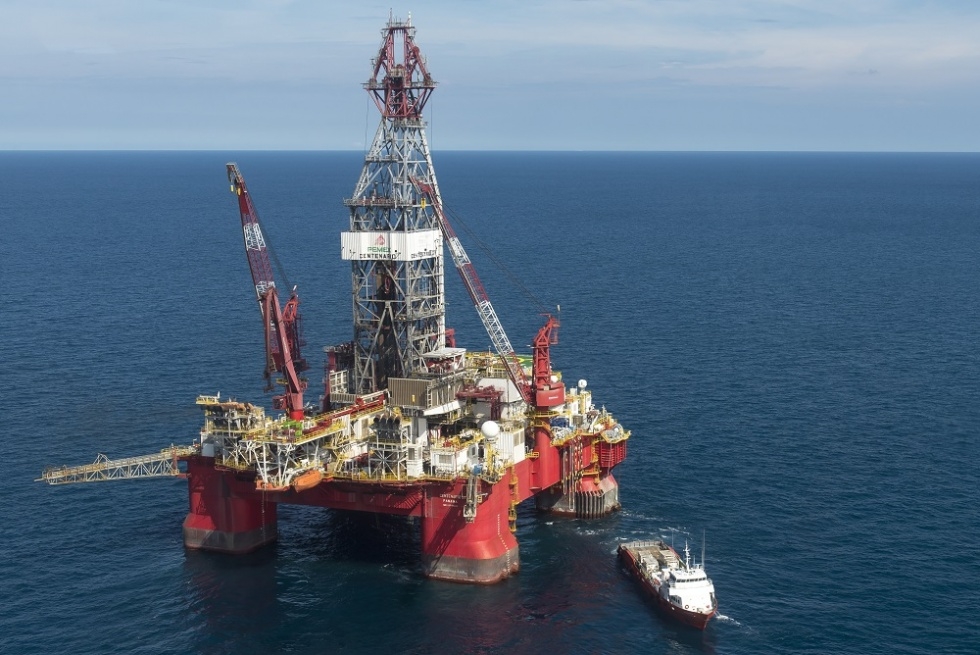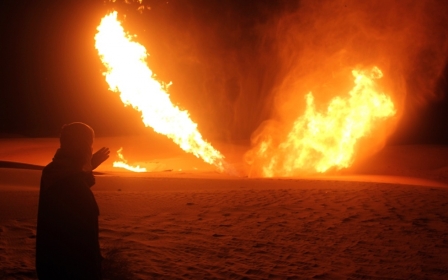Global gas prices may be at their peak, say analysts

Global demand for natural gas is expected to skyrocket over the next few decades, but prices could well be close to, or already at their peak, say analysts.
With gas prices at record highs in Japan, and sluggish economic growth in Europe continuing to undermine demand, the global market may be in line for a readjustment which could put pressure on riskier projects that are still in their infancy.
“In Europe, if anything, we expect to see a dampening of demand,” said Matt Loffman, a senior energy analyst at energy research group Douglas-Westwood.
“There are several pipeline projects that are currently half finished and should be coming online. For instance, there is a lot of excitement about pipelines that are coming through Azerbaijan and we’re expecting to see more gas from Kurdistan [in northern Iraq].
“Even with political instability, I'm not convinced that long-term prices will go up by much,” he added.
According to a recent report by management consultants AT Kearney, 2015 “will be a turning point for global gas markets - especially in Europe. The industry's status quo is about to be disrupted, with both a worldwide surplus and a plunge in prices expected."
In recent years, a surge in demand has pushed up prices which rose from between $2 to $4 per million British Thermal Units (MMBtu) in the late 1990s to $4 in the US, $5 in Japan and $6 by 2004. By 2008 prices were around $9 in the US, $12 in Japan and $13 in Central Europe.
The global economic crisis briefly dented this in 2008, but by 2010 the price rose to $16 in Japan and $12 in Central Europe, according to the World Bank. Only the US managed to break through and quash domestic prices, which fell to around $4 in 2010 and reached decade lows in 2012.
While the market remains vulnerable to cyclical variations and occasional spikes - brought on by unseasonably cold or hot weather, or events like political turbulence - prices have since remained relatively stable. They have generally dropped slightly in Central Europe to average around $10 to $11, while reaching highs of $15 in some other parts of Asia and $17 in Japan, which is one of the world’s biggest LNG markets.
“The price [in Japan] will probably be reduced a bit because prices really spiked after Fukushima,” said Peter Kiernan, lead energy analyst with the Economist Intelligence Unit.
The 2011 nuclear disaster pushed Japan to close all of its nuclear power plants, although some plants are scheduled to come back online soon, Kiernan explains.
Further alleviating upward price pressure, will be a global boom in LNG production, with a string of major projects expected to come online.
Australia, in particular, has $200bn worth of LNG projects under construction, and is expected to surpass Qatar to become the world’s biggest LNG producer by 2020. The US is also storming ahead with its shale gas revolution and is gradually building up its LNG capabilities that could see the US become a net exporter of natural gas by 2018 according to the EIA Annual Energy Outlook 2014.
The Economist Intelligence Unit predicts that this will increase competition and drive down the price of LNG in Japan the price will slide to $15.6 by the end of the year, before falling further to $13.9 in 2015, $13 in 2016, $12.5 in 2017, and to $12 in 2018.
“The general view is that LNG prices are going to come down, as there is a lot of supply coming online,” says Robin Mills, head of consulting at Manaar Energy Consulting. “Current prices are very high and it is not encouraging demand.”
Further down the line there is also big hope for Canada which is also powering on with its own shale revolution, while Mozambique and Tanzania are gradually developing their own gas capabilities. The Eastern Mediterranean gas fields, which are shared between Israel and Cyprus and where the largest gas deposition of the century so far has been located, have also excited investors. However, doubts are growing that the project – the largest section of which is not scheduled to come online till 2016 - will be able to come online in time to take advantage of the recent price boom.
“The one thing that we have seen is that these [oil and gas] companies are losing profits quite significantly. It's an industry-wide problem, and they are all losing,” says Loffman.
“There has been a real push to spend less money and to stem riskier projects and non-core assets in order to improve returns to shareholders and investors. Non-core assets include assets that are in politically sensitive areas.
“And when there are a lot of projects on the chopping board, those that are have an element of uncertainty will be the first to go. We’ve already seen some of this happening globally.”
Middle East Eye propose une couverture et une analyse indépendantes et incomparables du Moyen-Orient, de l’Afrique du Nord et d’autres régions du monde. Pour en savoir plus sur la reprise de ce contenu et les frais qui s’appliquent, veuillez remplir ce formulaire [en anglais]. Pour en savoir plus sur MEE, cliquez ici [en anglais].




